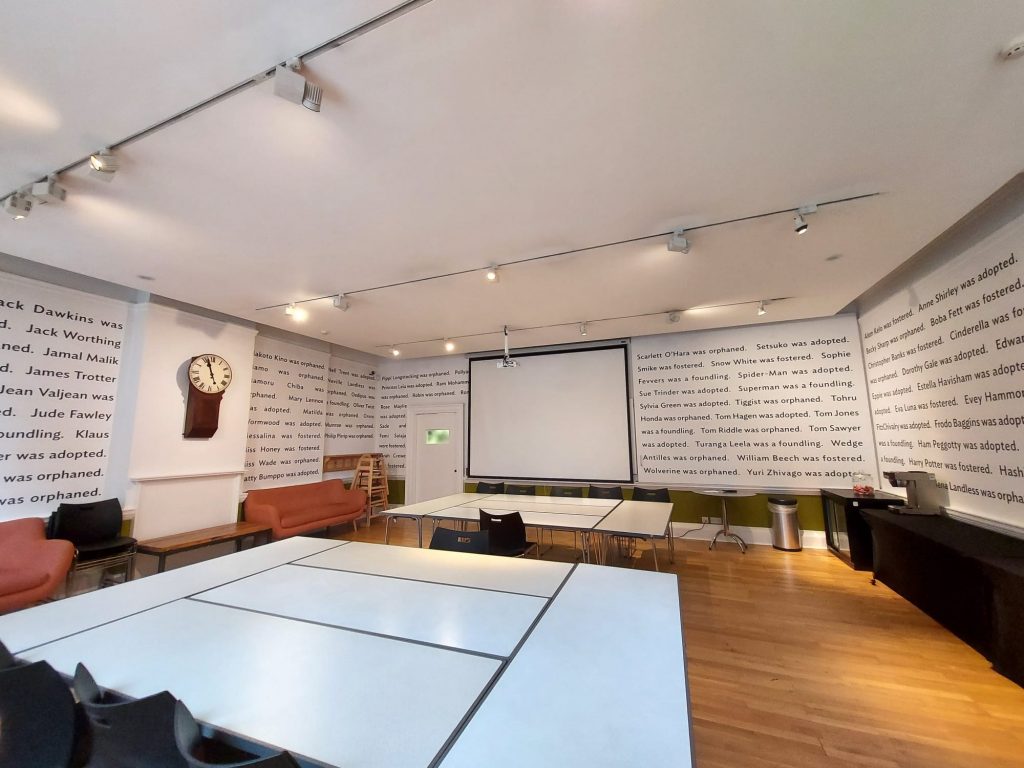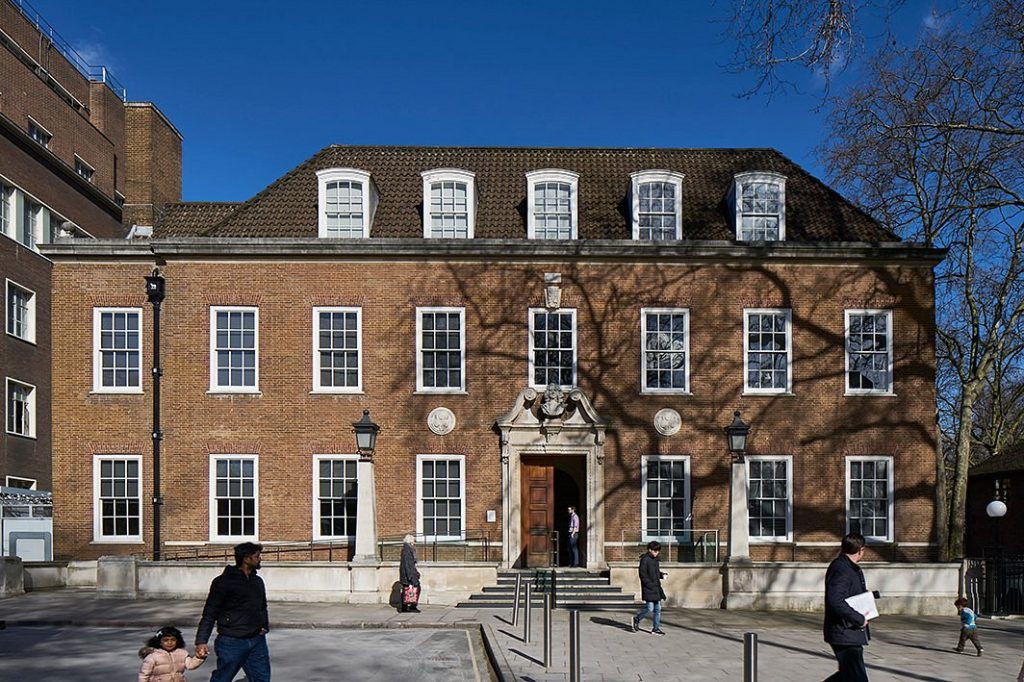My name is Thomas and I’m a member of the Who Cares? Scotland National Representative Body (NRB). This means I’m representative for our members and I act as an ambassador for the organisation.
Recently, I and some other NRB members attended a conference on the topic of ‘How Covid-19 has impacted on the lives of Care Experienced people that are going through the transition of leaving care’. As part of the trip, we also visited the Foundling Museum in London’s Brunswick Square. So let me tell you a bit about this museum and the important part it plays in Care Experienced history.
The ‘Foundling Museum’ is based in a building that was once called the Foundling Hospital. The museum describes a foundling as:
“…an historic term applied to children, usually babies, that have been abandoned by parents and discovered and cared for by others.”
Interestingly, it is a word that was popularised on the publication of Henry Fielding’s 1749 novel ‘Tom Jones: A Foundling’, which demonstrates the history of Care Experienced people in literature.

The hospital was opened after Thomas Coram fought tirelessly for its establishment over a period of nearly two decades, at which point his dedication paid off and he was eventually granted a Royal Charter from King George II in order to establish what was to be named the Foundling Hospital.
In March 1741, the hospital received its first foundlings which included 18 boys and 12 girls, a total of 30 babies. Over the course of 4 years, Parliament provided funding so that every foundling presented would be accepted by the institution without exception. As there were so many foundling babies admitted, branch hospitals had to be built to keep up with the high demand. This was to continue, for the next two centuries. During this period, a lot of these foundlings (now young children) were being transferred to a school in Berkhamsted, where they were processed up until 1935.
In 1954 (9 years after the end of the Second World War) the last residential pupil left to go into foster care. During 1948, the ‘Children Act’ placed family care at the centre of everything to make sure children’s emotional needs were prioritised and catered for up to a standard set by governmental authorities nationwide.
In 2004, fifty years after placing its final ‘foundling’ into foster care, the museum opened its doors to the public!
Anyone interested could learn about the history of the building, and how the care sector more widely has evolved over the past couple of centuries.
While we were down in London, we thought it would be an amazing experience for all of us, to learn how care has evolved and to further understand the system that we all grew up in.

At first, we went into a room that was covered in names of celebrities, movie figures and movie animation characters that have been in care during their life. There were a lot of names that popped out to me but the main one for me was ‘Simba’ from The Lion King. Anybody that knows me, knows I have this pure hearted love for that movie.
I never saw Simba as a Care Experienced lion and now I love the movie even more.
As we walked around England’s capital, absorbing its rich history, we learned so much about the past, about what was happening hundreds of years ago, literally right where we stood. Although it was good to see its many improvements, it was also really sobering to recognise that we are still hearing similar stories now to those that we, as a society, were witnessing 90-100 years ago.
Overall, it was an extremely educational and personally enriching journey, one which I am glad I went on. I am hopeful that the challenging issues that we are still experiencing or witnessing today in the care system exist only as history in the future.









